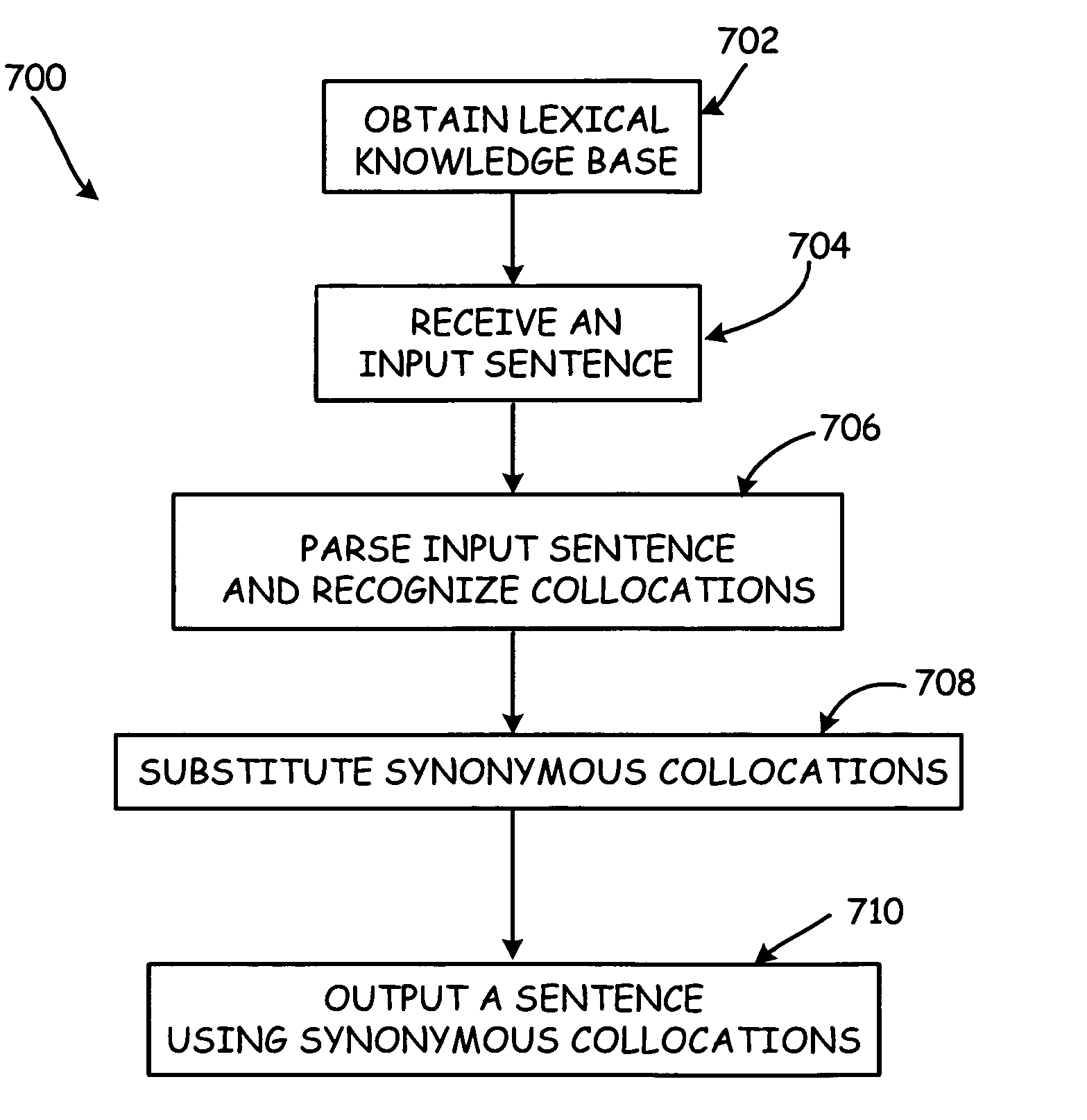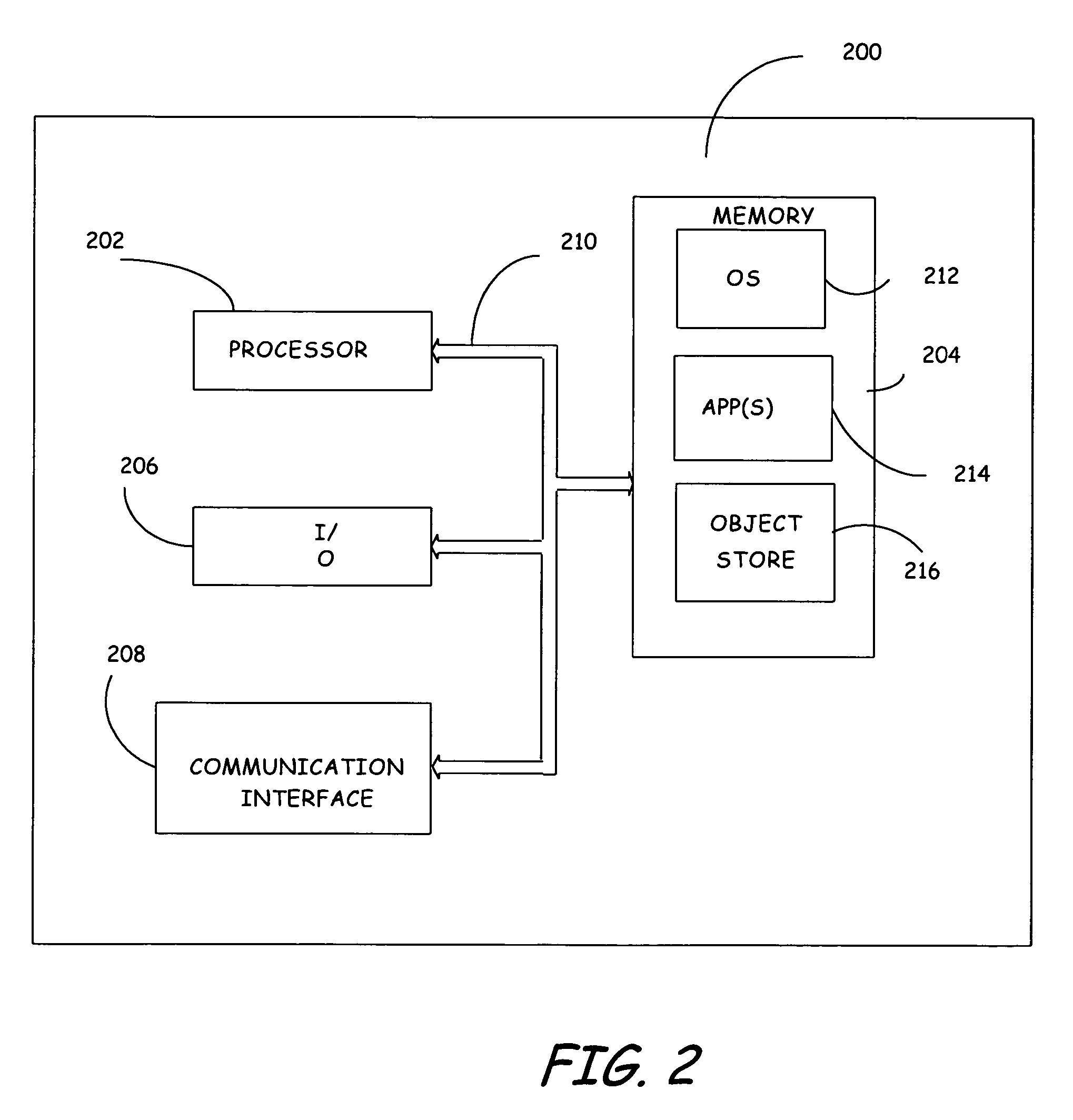Synonymous collocation extraction using translation information
a translation information and synonym technology, applied in the field of natural language processing, can solve the problems of low coverage of extracted expressions, methods that produce errors, and methods limited to extracting synonymous expressions actually found in bilingual corpora
- Summary
- Abstract
- Description
- Claims
- Application Information
AI Technical Summary
Benefits of technology
Problems solved by technology
Method used
Image
Examples
Embodiment Construction
[0016]Automatic extraction of synonymous collocations is an important technique for natural language processing including information retrieval, writing assistance, machine translation, question / answering, site search, and the like. Collocations are critical because they catch the meaning of a sentence, which is important for text understanding and knowledge inference. Further, synonymous collocations can be difficult for non-English speakers to master. Aspects of the present invention can help users use appropriate alternative or different expressions to express similar ideas and to avoid repetition. Also, users can often ask the same question with different phrases or collocations (e.g. paraphrases) in question / answering systems or query systems used for instance in obtaining information such as a site search used in a wide or local area network.
[0017]One aspect of the present invention provides for a method of obtaining synonymous collocation information of a source language such...
PUM
 Login to View More
Login to View More Abstract
Description
Claims
Application Information
 Login to View More
Login to View More - R&D
- Intellectual Property
- Life Sciences
- Materials
- Tech Scout
- Unparalleled Data Quality
- Higher Quality Content
- 60% Fewer Hallucinations
Browse by: Latest US Patents, China's latest patents, Technical Efficacy Thesaurus, Application Domain, Technology Topic, Popular Technical Reports.
© 2025 PatSnap. All rights reserved.Legal|Privacy policy|Modern Slavery Act Transparency Statement|Sitemap|About US| Contact US: help@patsnap.com



